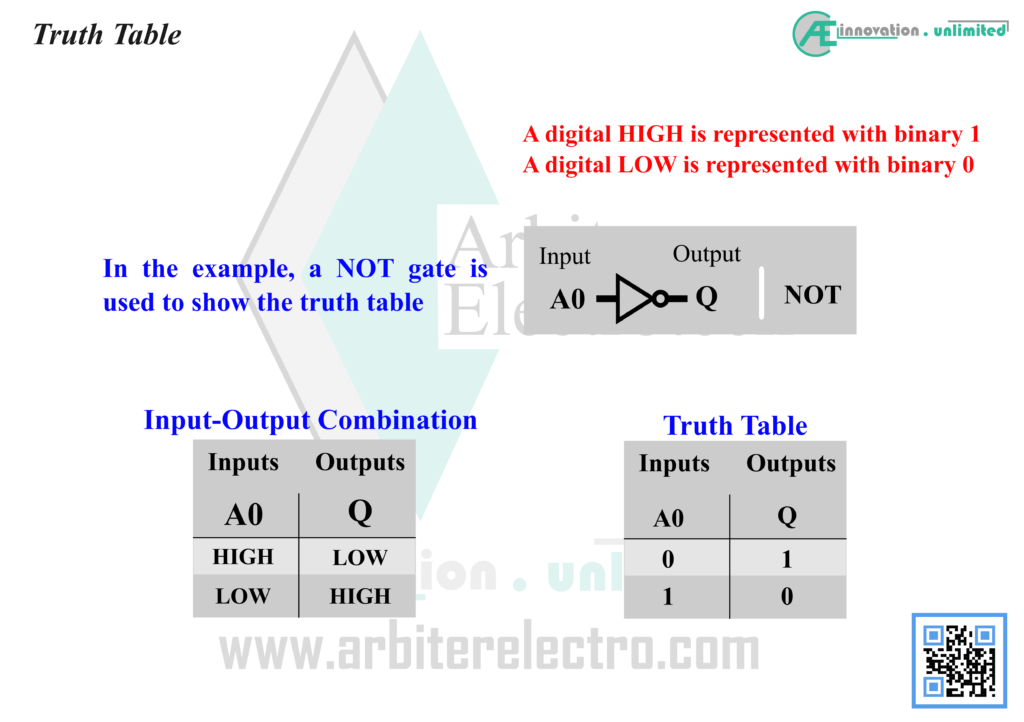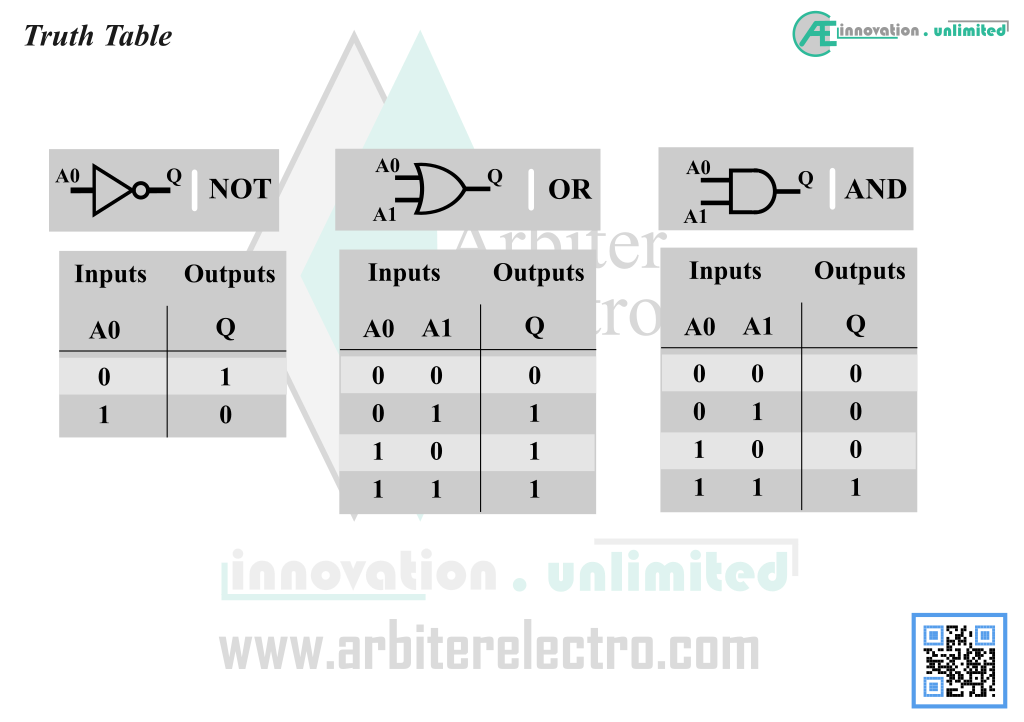Author:
H. Rahman
March 17, 2023

To produce the circuits using digital electronics, we use logic gates. Logic Gates are fundamental building blocks of digital circuits. There are a total of 7 different types of logic gates. 5 of these gates are fundamental gates. The rest 2 are universal gates. The universal gates are named such because any universal gate can be used to create any of the fundamental gates. These gates themselves can be used to make more advanced components of digital electronics like a shift register.

Logic gates always comes in IC form. You can never buy a single gate. Each logic gate IC (Integrated Circuit) contains several logic gates. Generally, one IC contain multiple gates of same type however, there are some IC that has multiple types of gates in one IC/chip (ICs are also referred to as chip). The gates are briefly described in the list below. These gates are very simple to begin with and so there is not much to describe anyway. Anyhow, all these gates take in input, process it based on predefined rule and give the result on output. The predefined rules are different for each gates. All input and output are described in terms of state I.e HIGH or LOW.
In digital electronics, the combinations of the input and output is shown using a table called Truth Table. The combinations are shown as HIGH or LOW. It is somewhat clumsy & uncomfortable to write HIGH or LOW repetitively. Therefore, we use 1 & 0 to represent HIGH or LOW. 1 means HIGH, 0 means LOW.

The input/output (I/O in short) combination of any and all digital circuits & systems are published in terms of “Truth Table”. A truth table shows a vast number of information about very concisely. To get readers familiar with truth table, below we have presented the truth table for all the logic gates



Leave a Reply